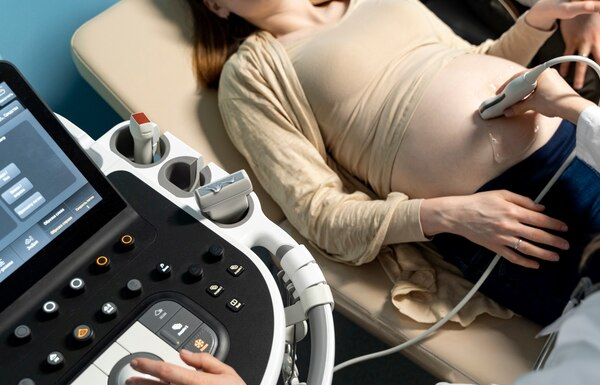Dr. Sankar Dasmahapatra
Laparoscopic Surgery Specialist in Kolkata, India
DGO, MS, Fellowship in Gynaecological Lap Surgery (Sydney -Australia)
Consultant Gynaecologist & Obstetrician
Infertility Specialist & Lapaoscopic Surgeon
DGO, MS, Fellowship in Gynaecological Lap Surgery (Sydney -Australia)
Consultant Gynaecologist & Obstetrician
Infertility Specialist & Lapaoscopic Surgeon
by Dr. Sankar Dasmahapatra

Hysteroscopic myomectomy is performed to remove intracavitary fibroids, a term that refers to submucosal leiomyomas and some intramural leiomyomas for which most of the fibroid protrudes into the uterine cavity. It is a minimally invasive procedure that is the procedure of choice for appropriate candidates.
What is hysteroscopic resection of submucous fibroid?
With this procedure, fibroids are removed using an instrument called a hysteroscopic resectoscope, which is passed up into the uterine cavity through the vagina and cervical canal. Standard resection uses an electrosurgical wire loop to surgically remove the fibroid.
What is the surgical treatment for submucous myoma?
Hysteroscopic resection of fibroids is a minimally invasive, safe and effective treatment for submucosal fibroids. Laparoscopic myomectomy is the preferred choice in selected cases when abdominal removal of fibroids is required.
What is the best surgery for submucosal fibroids?
To treat smaller fibroids that bulge significantly into your uterus (submucosal fibroids), your surgeon may suggest a hysteroscopic myomectomy. Your surgeon accesses and removes the fibroids using instruments inserted through your vagina and cervix into your uterus.
What is a hysteroscopic resection?
Hysteroscopic surgery is a form of incisionless surgery performed on the inside of the uterus, where the surgeon passes a camera (called hysteroscope) through the cervix into the uterus so they can visualize and operate on any abnormal growths within the uterine cavity.
The resection is performed using an operative hysteroscope with monopolar cutting current and a straight blade ( Collins). The procedure starts from the lower part of the septum and stops when the first vessels and the myometrium of the fundus are visible.
What is hysteroscopic septum resection?
Similar to laparoscopic surgery, hysteroscopy is a minimally-invasive outpatient procedure.
What are the complications of hysteroscopic septal resection ?
Possible complications of a hysteroscopic septum resection are bleeding, perforation of the uterus, postoperative intrauterine adhesions, and uterine rupture in subsequent pregnancies.Inserted via the vagina and through the cervix into the uterus. With this technique, no incisions are necessary.
What are the advantages of hysteroscopic surgery?
Hysteroscopy can allow your surgeon to diagnose and treat conditions with a single surgery. In addition, a hysteroscopy enables surgery that's both minimally invasive and precise. Hysteroscopy can allow your surgeon to locate abnormalities and remove them without damaging surrounding tissue.